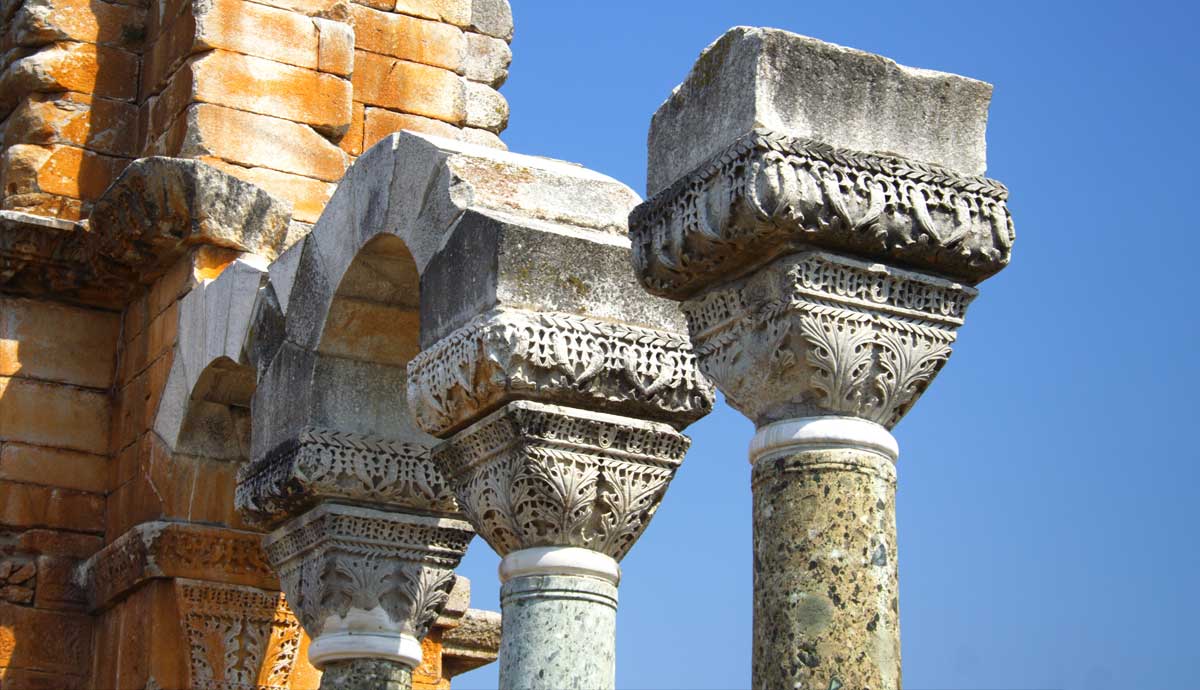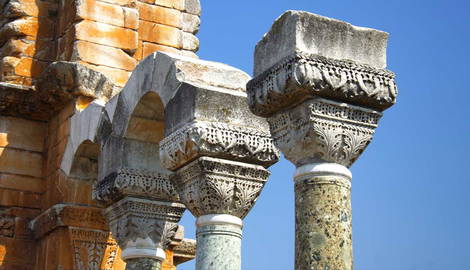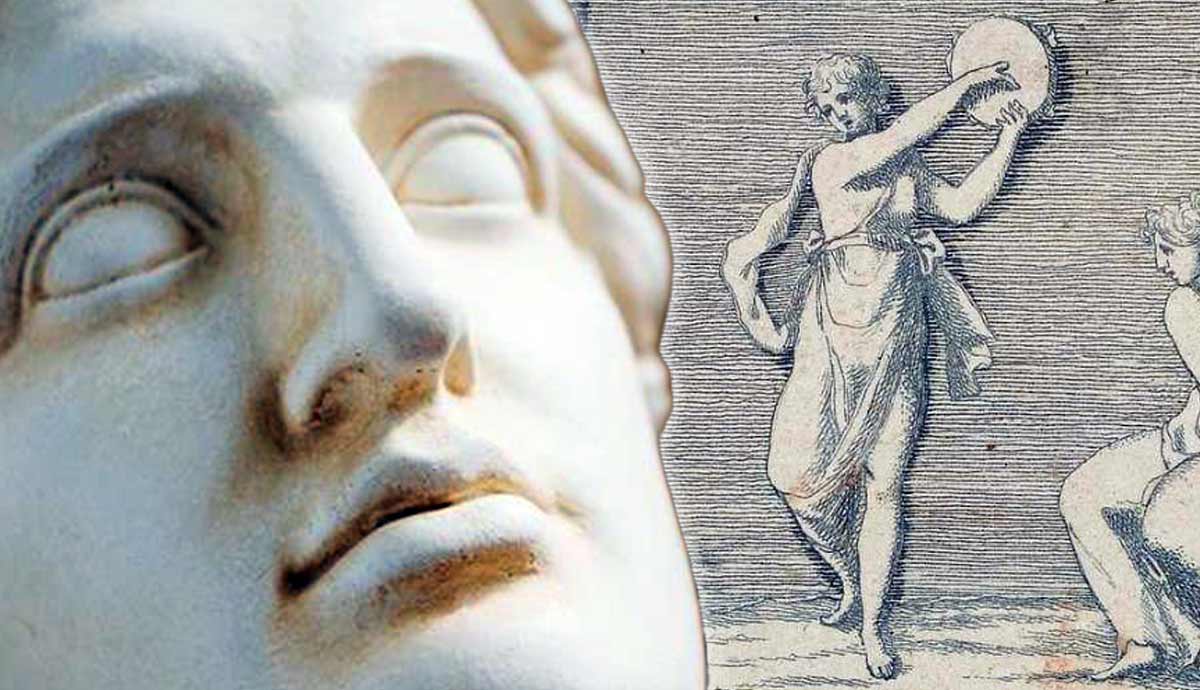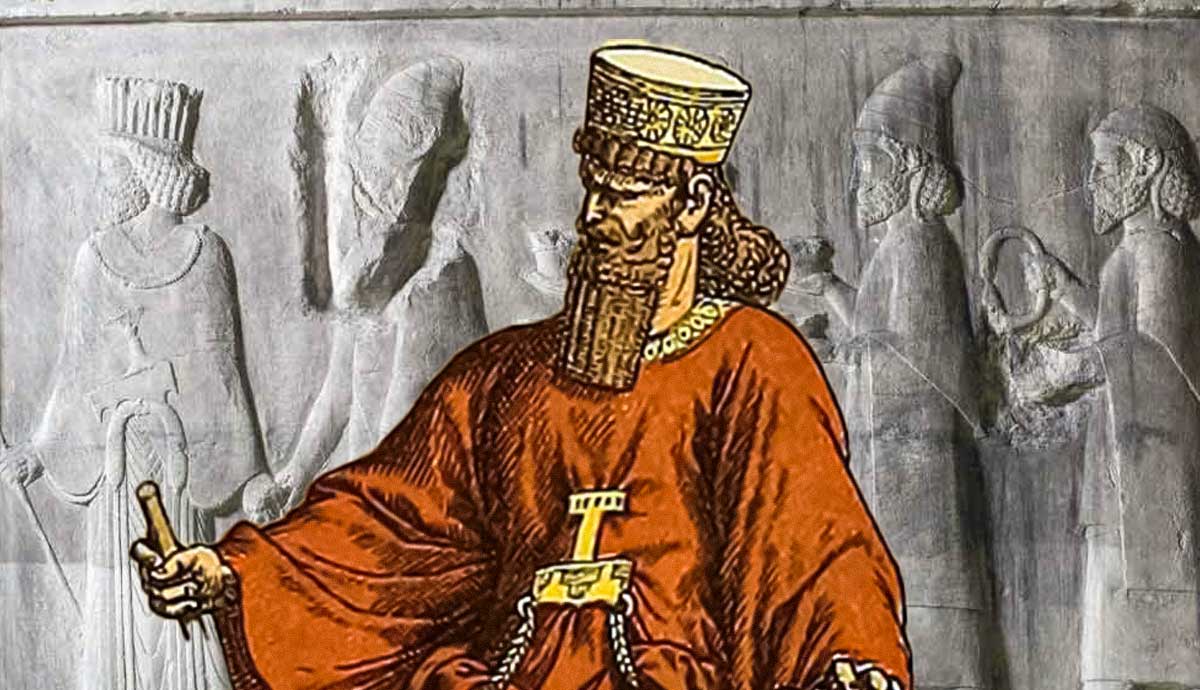
The Apostle Paul traveled throughout much of the Roman Empire in the first century spreading Christianity and preaching to people and churches. Two of the cities he visited were Philippi in Greece and Colossae in Asia Minor (now Turkey).
Philippi Before Paul Arrived

Philippi was originally a Thrasian colony called Crenides, established in the mid-300s BCE. It would be taken over by King Philip II of Macedon shortly afterward and renamed to Philippi. The place was a wealthy city due to neighboring gold mines and it was on an important trade route. In 42 BCE, the Battle of Philippi would be fought nearby between the forces of Mark Antony and Octavian against Marcus Junius Brutus and Gaius Cassius Longinus, who had assassinated Julius Caesar. Octavian, when he became the Roman emperor Augustus in 27 BCE, further strengthened the hold on the city by allowing veteran soldiers to settle in the area.
Why Paul Visited Philippi

The Apostle Paul, with Silas and Timothy, would visit Philippi in 49-50 CE during his second missionary journey. Philippi would be the first location in Europe where Paul preached, and tradition holds it was Paul who established the church there. Paul would return two more times, and wrote his Epistle to the Philippians in the early 60s CE to encourage their joy, unity, and faith:
“And it is my prayer that your love may abound more and more, with knowledge and all discernment, so that you may approve what is excellent, and so be pure and blameless for the day of Christ, filled with the fruit of righteousness that comes through Jesus Christ, to the glory and praise of God.” – Philippians 1:9-11
The Church in Philippi

By the 300s CE the Church at Philippi was well-established and was one of the oldest Christian congregations in Europe. Seven churches, several quite ornate, would be built over the next few hundred years. Polycarp of Smyrna would write a letter to the Philippians in the early 100s CE, and address proper Christian living for various different groups in the church. Unfortunately, in about 619 CE an earthquake struck the area, and the city never recovered, falling into ruin.
Colossae

Colossae was a city in Asia Minor that may have roots as far back as the 17th century BCE. The historian Herodotus mentions it in the 400s BCE, and it was reportedly wealthy from the local wool trade. The Apostle Paul, though he wrote a letter to the Colossian church in the early 60s CE while in prison, likely never traveled there. Epaphras, a disciple of Paul from nearby Ephesus, is held to have established the church and is traditionally described as its first bishop. Paul also wrote a letter to Philemon in Colossae, encouraging his reconciliation with the slave Onesimus.

The Colossian Church would grow over time, and it would be home to an Eastern Orthodox Tradition of an apparition of the archangel Michael. According to legend, Archippus (who was mentioned by Paul as a “fellow soldier,” was the sextant at a church built by a man whose daughter was supposedly healed by Michael. When a group of pagans sought to direct the flow of two local rivers toward the church, their efforts were thwarted by Michal opening a fissure into which the rivers flowed.
Like Philippi, the city of Colossae would not survive into modernity. At one point it boasted a large church building, but invasions and war would dwindle the town to where it is now an archeological site.










